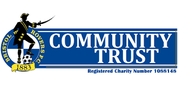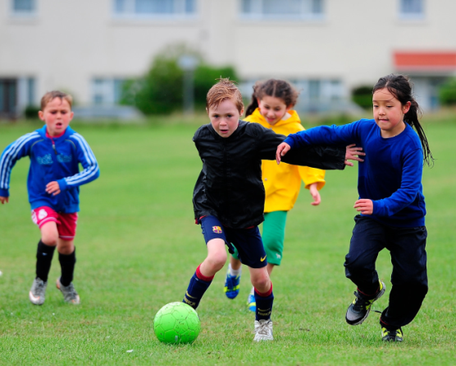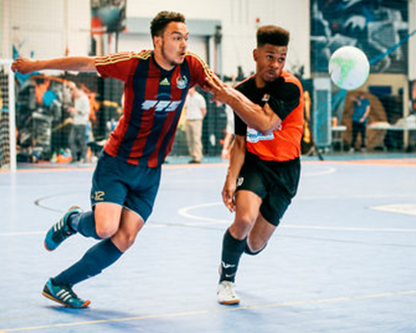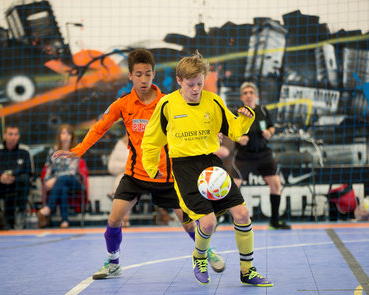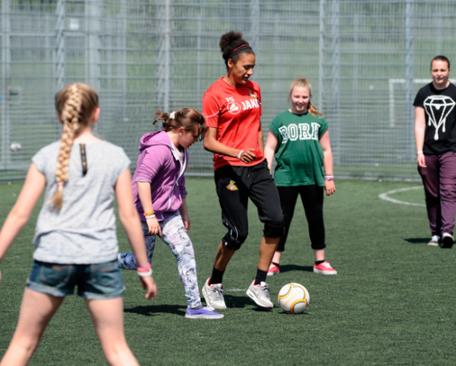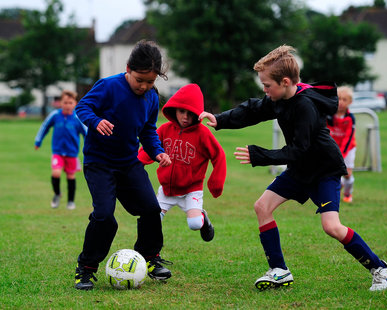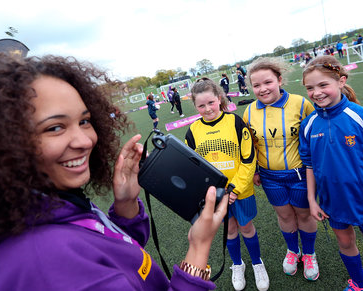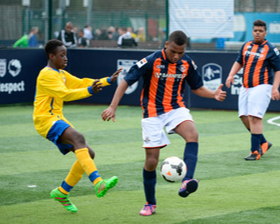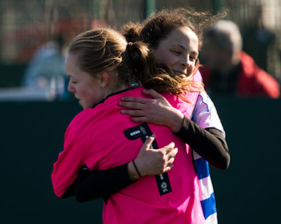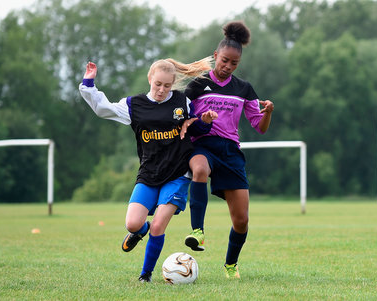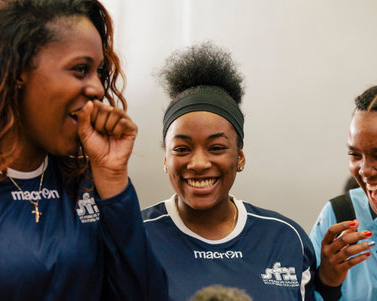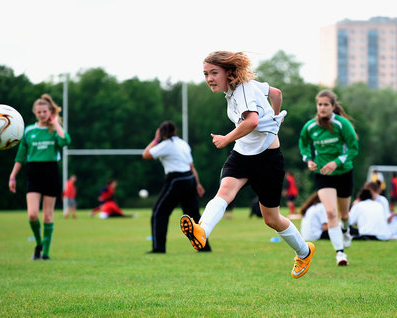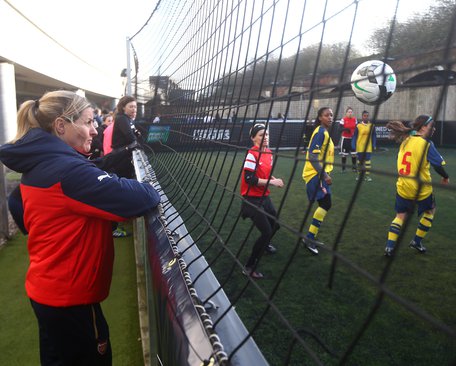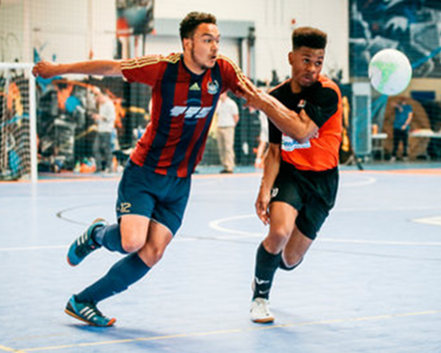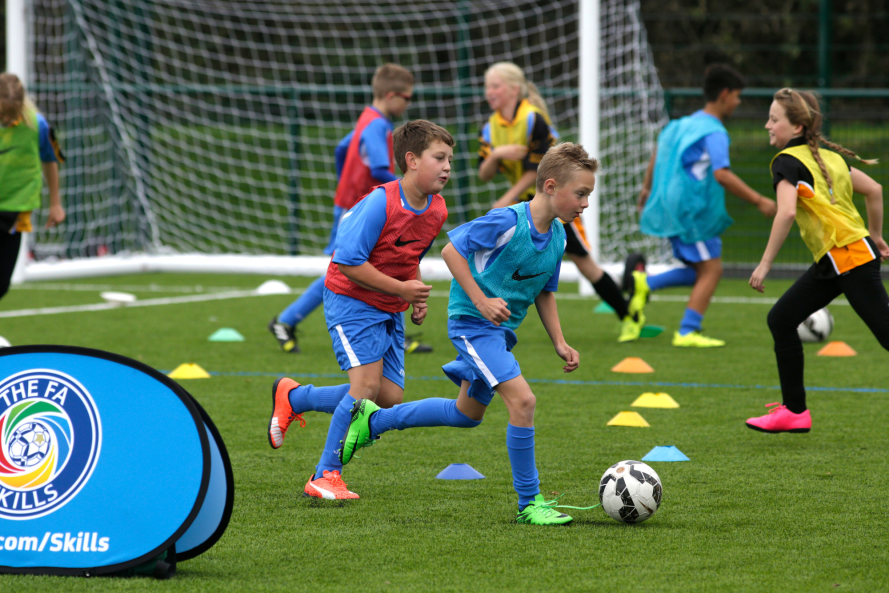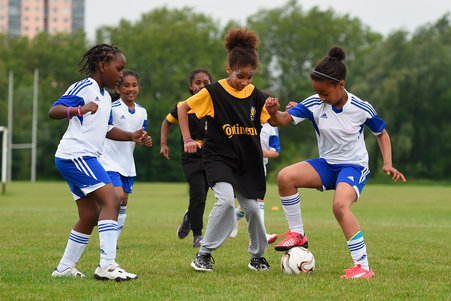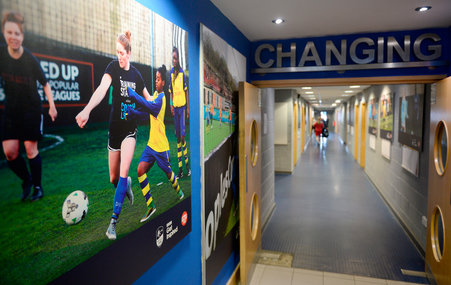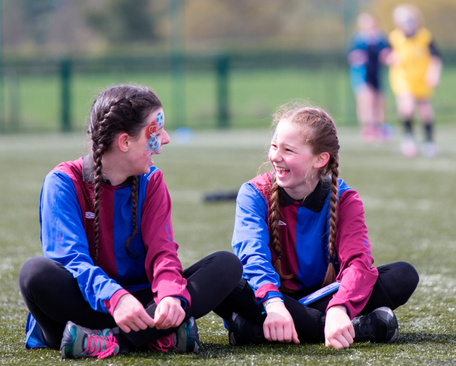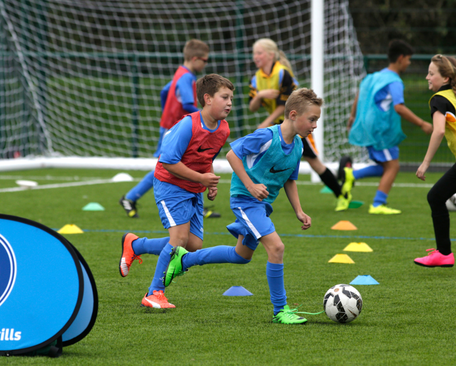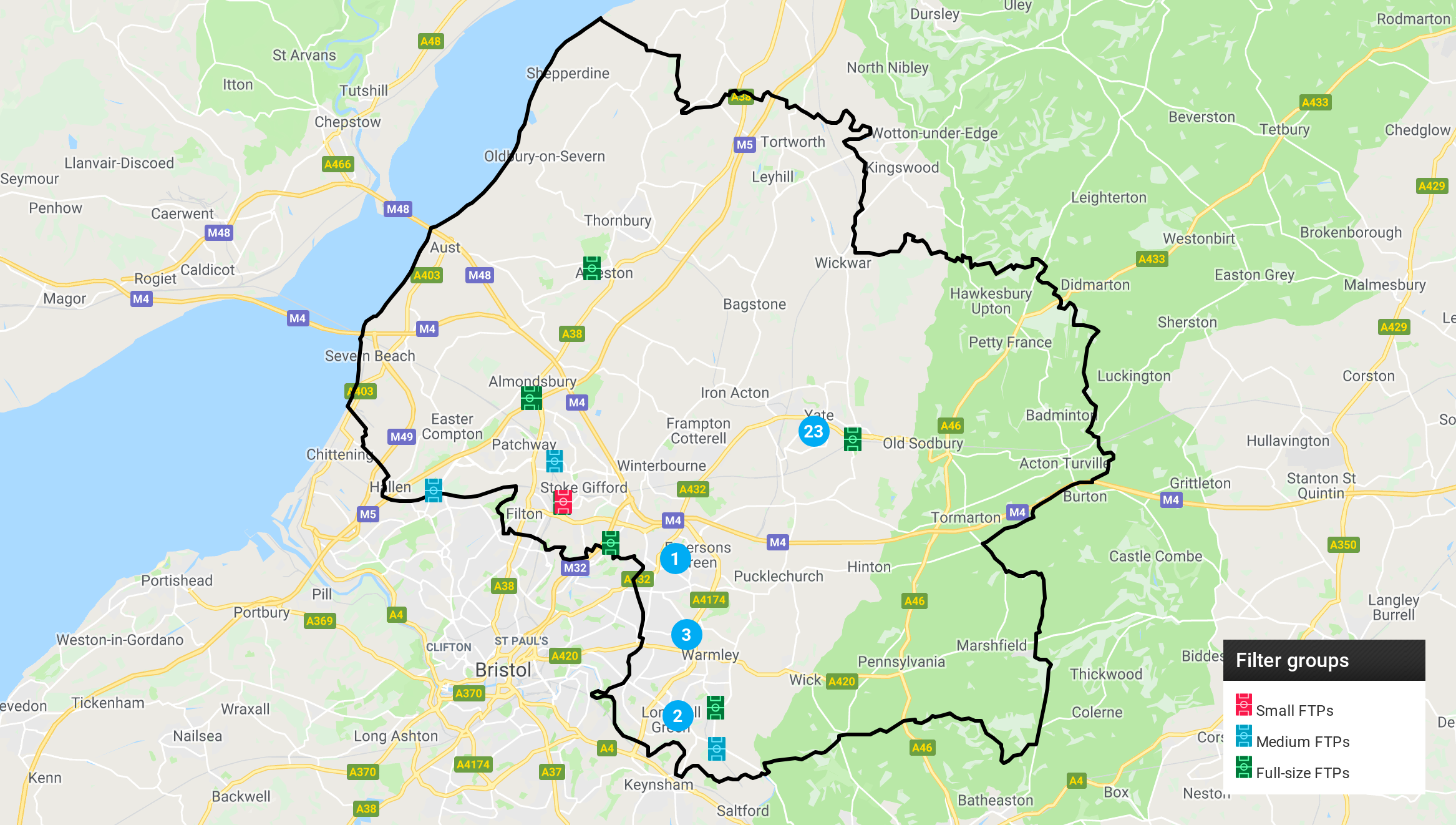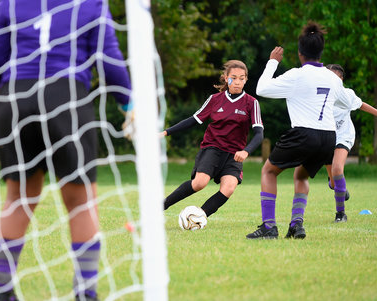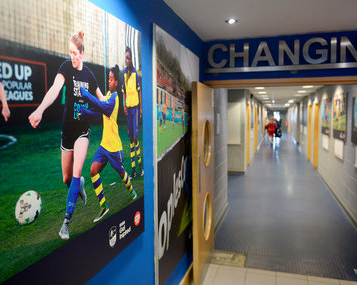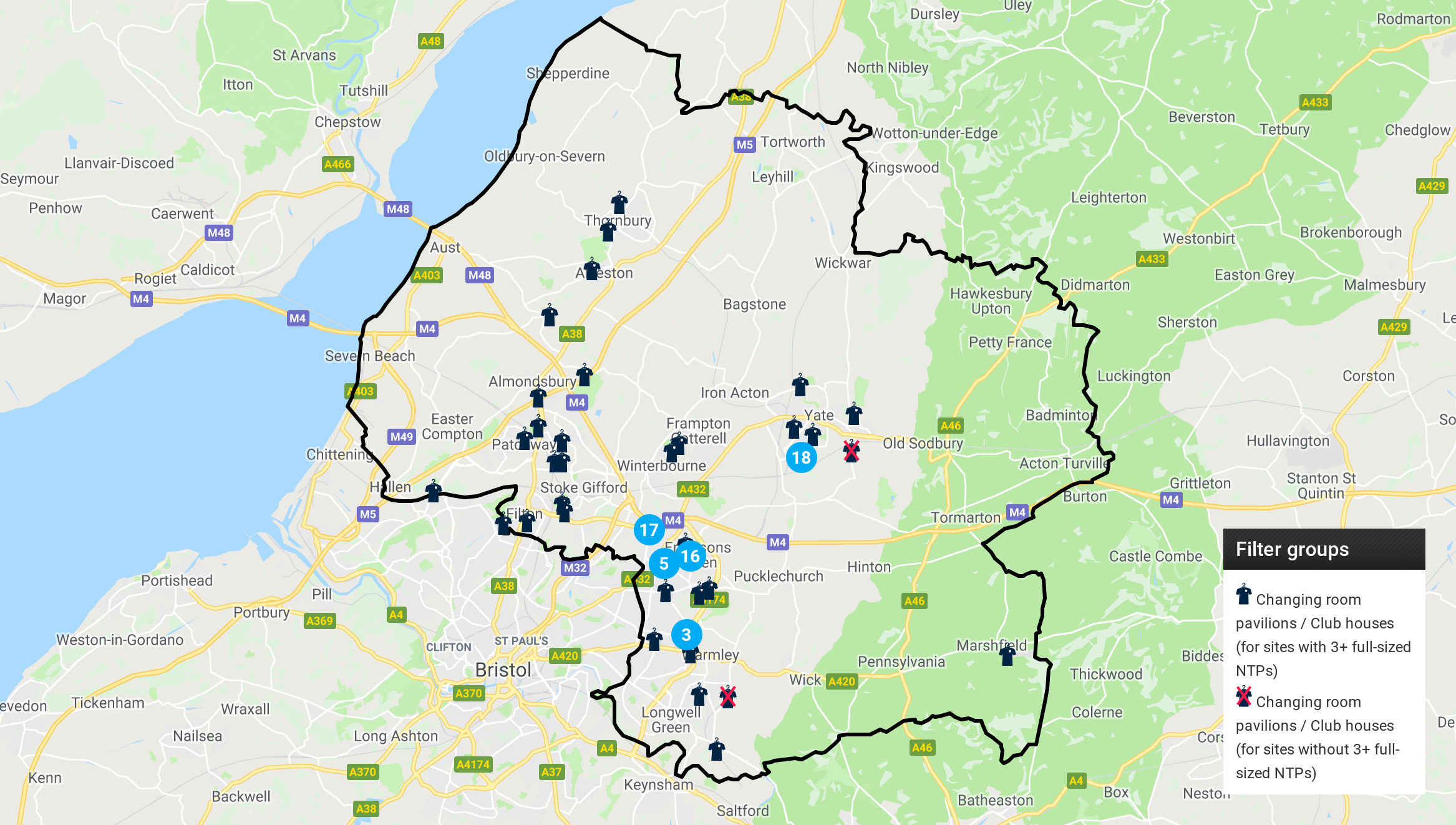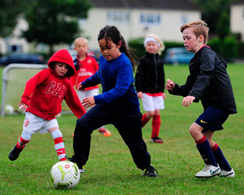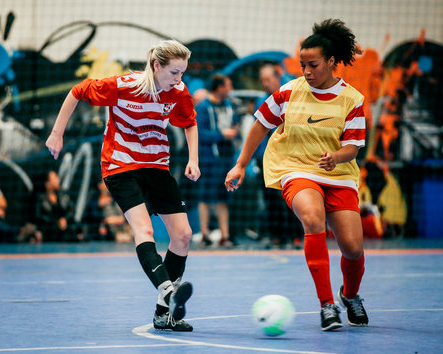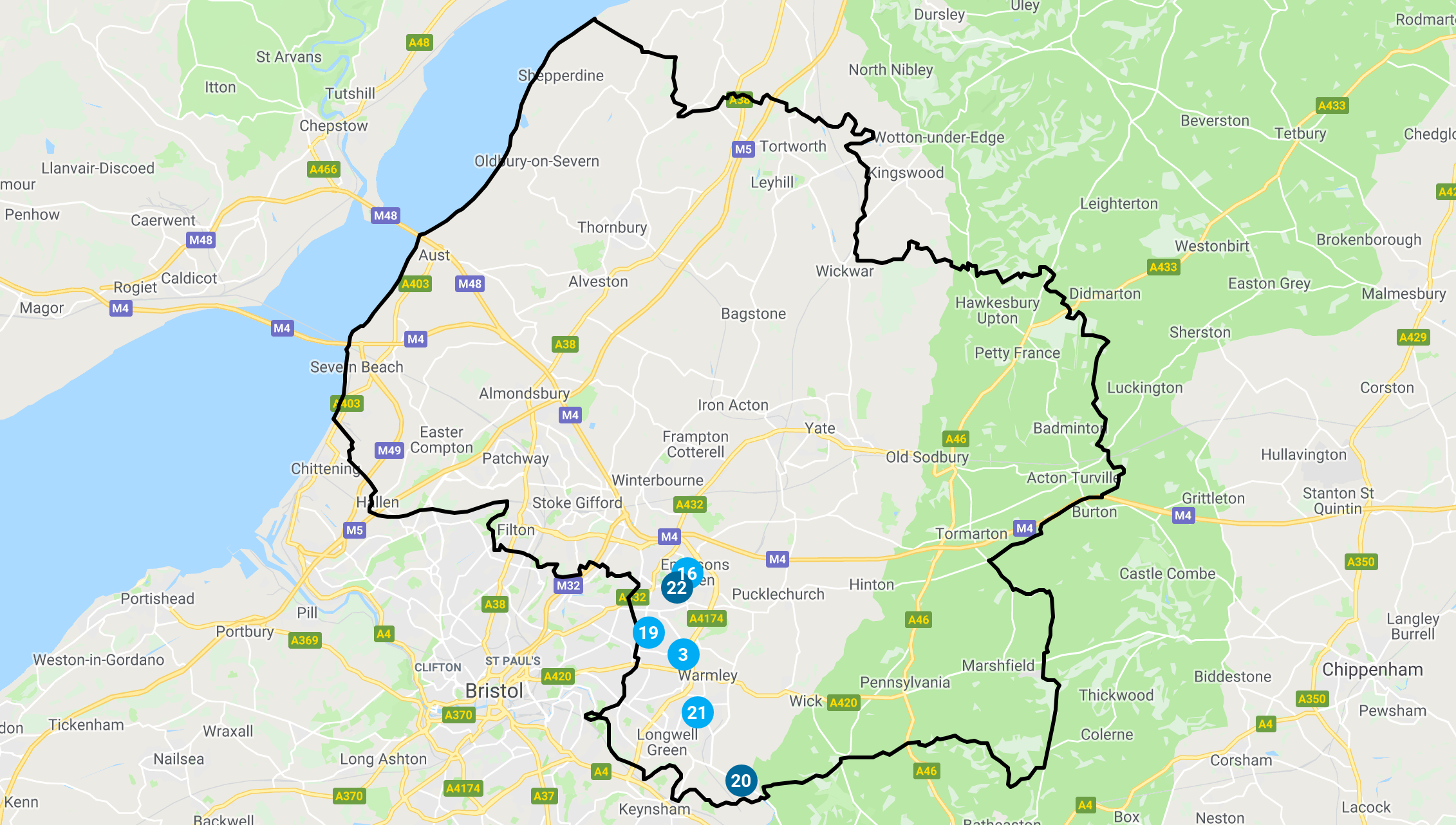Twelve priority projects for potential investment have been identified. Nine sites have three or more full-size pitch equivalents of standard quality, whilst three have less but are considered to have potential due to linkages to other larger sites.
Pitch quality rating was evidenced by PPS data and qualified by local partners. Due to significant number of grass pitch sites in South Gloucestershire local partners did not select all sites and prioritised only 12, containing 54 full-size pitch equivalents. The prioritisation was informed by local partners with the rationale of selecting sites that had the most pitches and that were most well utilised.
5 - King George V Playing Field - natural grass pitch improvements
- Existing football facilities – standard quality grass football pitches x2
- Current users – Downend Saints Youth x2 teams, Mangotsfield United Youth x2 teams
- Rationale – participation growth in: junior football, senior football.
6 - Badminton Road Playing Field - natural grass pitch improvements
- Existing football facilities – standard quality grass football pitches x6
- Current users – eight affiliated teams including Downend Saints Youth, Mangotsfield United Youth and Fishponds Old Boys FC
- Rationale – participation growth in: junior football, senior football.
Both King George V Playing Field and Badminton Road Playing Field operate in duality and should be considered for improvement together, alongside cricket provision on both sites. 3G conversion of Downend School would further provide match play and training capacity to create a three site hub offer.
7 - Emersons Green - natural grass pitch improvements
- Existing football facilities – standard quality grass football pitches x3
- Current users – Bromley Heath United x16 teams, Mangotsfield United Youth x6
- Rationale – participation growth in: junior football, senior football, women and girls football.
8 - Pomphrey Hill Playing Fields - natural grass pitch improvements
- Existing football facilities – standard quality grass football pitches x3
- Current users – Mangotsfield United Youth x22 teams, Bromley Heath x2 teams
- Rationale – participation growth in: junior football, senior football, women and girls football
Both Pomphrey Hill and Emersons Green operate in duality and should be considered for improvement together.
3 - Tenniscourt Road Playing Fields - natural grass pitch improvements
- Existing football facilities – standard quality grass football pitches x3, potential to have 3G FTP provision
- Current users – AEK Boco Boys and Girls x11 teams
- Rationale – participation growth in: junior football, senior football, women and girls football.
9 - Fisher Road Playing Fields - natural grass pitch improvements
- Existing football facilities – standard quality grass football pitches x2
- Current users – AEK Boco Boys and Girls x5 teams
- Rationale – participation growth in: junior football, senior football, women and girls football.
Both Tennis Court and Fisher Road Playing Fields operate in duality and should be considered for improvement together.
10 - Lees Hill - natural grass pitch improvements
- Existing football facilities – standard quality grass football pitches x2
- Current users – Hanham Abbotonians Youth x13, Hanham Abbotonians FC, Bendix FC.
- Rationale – participation growth in: junior football, senior football, women and girls football.
11 - Little Stoke Park - natural grass pitch improvements
- Existing football facilities – standard quality grass football pitches x5, small sided 3G FTP
- Current users – 22 affiliated teams including Stoke Lane Athletic x11 teams
- Rationale – participation growth in: junior football, senior football, women and girls football
12 - Patchway School & Sports Centre - natural grass pitch improvements
- Existing football facilities – standard quality grass football pitches x11
- Current users – 22 affiliated teams including Bradley Stoke United Youth x7 and Bradley Stoke Youth x8
- Rationale – participation growth in: junior football, senior football, women and girls football.
13 - The Ridings - natural grass pitch improvements
- Existing football facilities – standard quality grass football pitches x7
- Current users – 28 affiliated teams including St Nicholas Youth x22 teams, St Nicholas Old Boys, Chipping Sodbury Town.
- Rationale – participation growth in: junior football, senior football, women and girls football.
14 - Sunnyside Lane Playing Fields - natural grass pitch improvements
- Existing football facilities – standard quality grass football pitches x4
- Current users – 14 affiliated teams including Yate United Youth x9 teams.
- Rationale – participation growth in: junior football, senior football.
15 - Walker Playing Fields - natural grass pitch improvements
- Existing football facilities – standard quality grass football pitches x6
- Current users – Emersons Green Junior Youth x18 teams, One Church
- Rationale – participation growth in: junior football, senior football, women and girls football.




